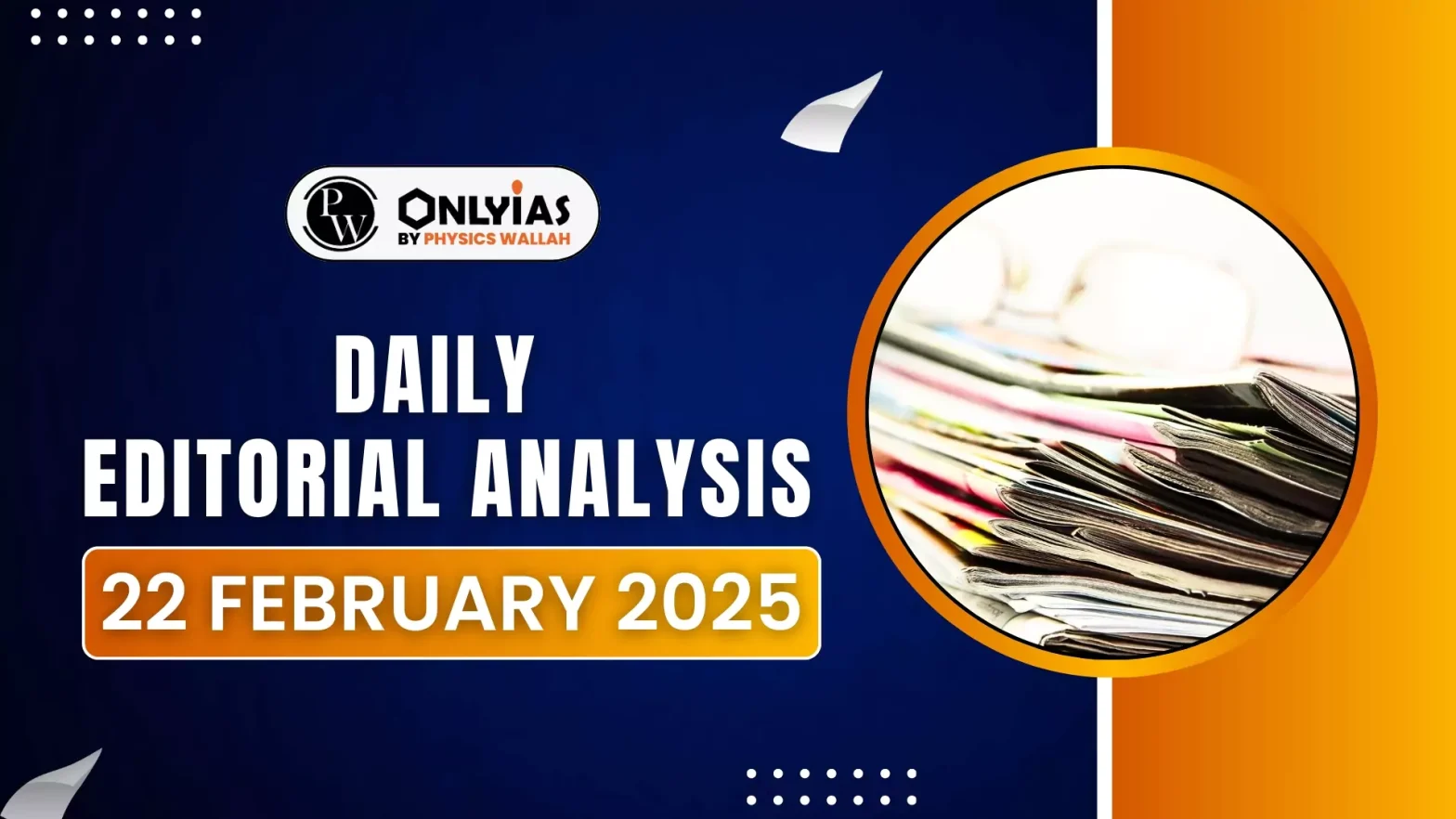India faces a massive backlog of cases, with millions pending across courts, highlighting the urgent need for judicial reforms and faster case resolution.
Reasons for Judicial Backlog in India
- Scale of Pendency:
-
- Supreme Court: 82,000 cases
- High Courts: 62 lakh+ cases
- Lower Courts: Nearly 5 crore cases
- Long-term pendency: 50 lakh+ cases pending for over 10 years
- Low Judge-to-Population Ratio: 21 judges per million people
- Adversarial System: Multiple interim applications and appeals delay resolution
- Infrastructure Issues: Insufficient courtrooms, finances, and staff
- Case Delays: Frequent adjournments add to delays. Long pendency results in denial of justice Delayed cases lose relevance, causing judicial inefficiency
Reform Measures
- Data Governance: Helps avoid repetitive litigation and speeds up disposal
- Appointment: Retired Judges as Ad-hoc Appointments provides temporary relief but not a systemic solution
- Targeted Legal Reforms: Streamlining landlord-tenant disputes and cheque bounce cases Introducing punitive costs to deter frivolous litigation
- Government’s Role: Major litigant in half of all court cases Needs to reduce unnecessary litigation and prioritize settlements
Mediation in India
- About: Lawyer-led, Judge-Guided Process where Disputants engage with a neutral mediator in a confidential setting.
- Evolution:
- 1990s: Mediation was in its nascent stage
- 2005 Onwards: Gained prominence as a court-annexed dispute resolution method
Key Features of Mediation
- Non-impositional: No forced verdicts; parties arrive at a mutually acceptable solution
- Focus on Interests: Encourages practical and fair resolutions
- Applicability: Used in civil, commercial, personal, property, matrimonial, and mercantile disputes
Advantages of Mediation
- Reduces Case Load: Helps settle disputes outside the formal court system
- Speeds Up Resolution: Avoids lengthy litigation procedures
- Business & Government Adoption: Increasing use in commercial and policy disputes
- Encouraging Response: More professionals are training as mediators
- Lower Costs: Mediation is a fraction of the cost of full litigation
- Faster Resolutions: Most cases require only a few sessions, even complex ones take far less time than litigation
- Minimal Infrastructure : No heavy administrative burden or prolonged hearings
- Practical Resolutions: Solutions are mutually agreed upon rather than imposed
- Restoration of Relationships: Mediation fosters cooperation, unlike adversarial litigation
Way Forward
- Full-fledged Professionalization: Needs wider acceptance and structured remuneration
- Institutional Support: Businesses, government, and legal bodies must integrate mediation as a first step in dispute resolution
- Judicial Endorsement: Judges widely recognize mediation as the way forward
- Judicial Backlog:
- For Judges: The backlog represents an overwhelming burden
- For Mediators: It is a vast untapped opportunity for dispute resolution
- Case Identification: Courts must filter and assign suitable cases for mediation
- Mediator Selection: Parties can either choose a mediator or be assigned a trained professional
- Fee Structure: Establishing a reasonable fee for mediators ensures sustainability
- Systematic Adoption: Courts must institutionalize mediation as the first step in dispute resolution
- Reframing the Perspective: Viewing backlog as a mediation pipeline rather than a failure of the judiciary
- Sustained Reform: Encouraging broader acceptance among litigants, lawyers, and businesses
Conclusion
Mediation has significant potential to ease judicial backlogs by offering a faster, cost-effective, and interest-based alternative to traditional litigation. Its success depends on greater professionalization, awareness, and structured adoption across legal and commercial sectors.
![]() 22 Feb 2025
22 Feb 2025

